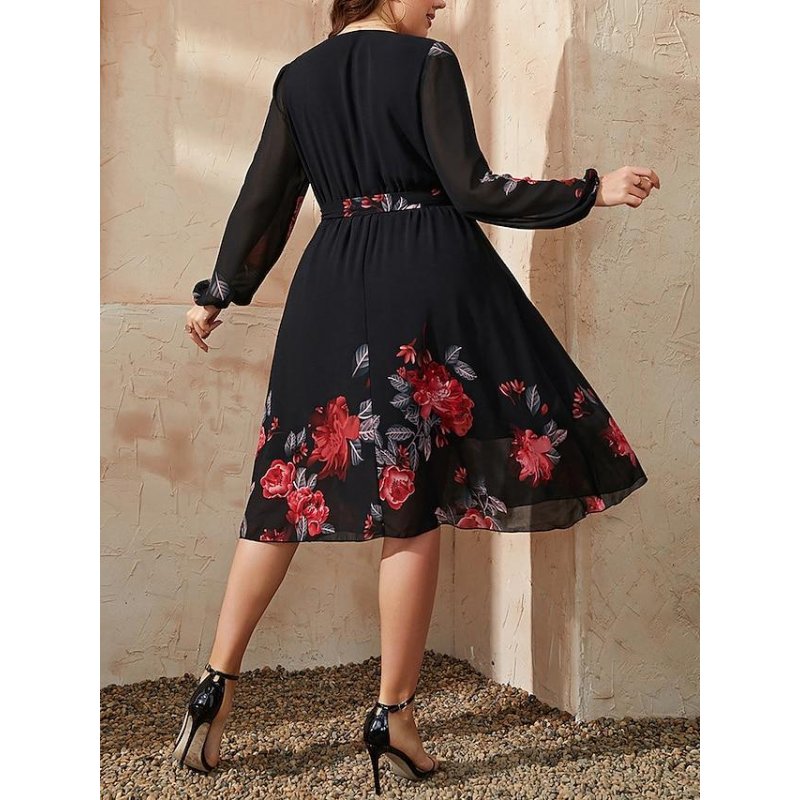
Tag: Fashion, Apparel, Style, Textile, Trend
The fashion industry has come a long way since the early days when clothing was purely functional. Today, it is a multi-billion dollar global business that dictates trends and influences how people dress all around the world. From haute couture to ready-to-wear lines, clothing has become an integral part of modern society.
Throughout history, clothing has not only served as a basic need for protection from the elements but also reflected cultural values and social status. In ancient civilizations such as Egypt and Rome, elaborate garments were reserved for royalty and wealthy individuals while commoners wore simpler attire made from easily accessible materials like wool or linen.
As trade routes expanded and cultures mixed, so did fashion styles. The Middle Ages saw the rise of European textile centers with specialized skills in producing luxurious fabrics like silk and velvet which were highly sought after by nobles. This led to increased demand for fine garments among the upper classes.
However, it wasn’t until the Industrial Revolution in the 19th century that mass production of clothing became possible through mechanization. This paved the way for affordable fashion options for everyday people who could now purchase clothes off-the-rack rather than having them custom-made.
In recent years, globalization has fueled rapid growth in the fashion industry with fast-fashion retailers offering trendy yet inexpensive designs at a breakneck pace. While this may seem appealing to consumers on a budget, it comes at a high cost – both socially and environmentally.
The pressure to constantly produce new collections at low prices puts strain on workers who are often underpaid and overworked in sweatshops overseas. And with fast-fashion items being discarded just as quickly as they are bought due to their poor quality or short-lived trendiness results in massive amounts of waste ending up in landfills.
Despite these issues within the industry itself, clothing remains a powerful means of self-expression and cultural identity for individuals. The way we dress can convey our personality, values, and beliefs without saying a word. And with the rise of body positivity movements and diverse representation in fashion campaigns, inclusivity and diversity are becoming more prevalent in the industry.
In conclusion, while the evolution of the clothing industry has brought about many positive changes such as increased accessibility to affordable fashion, it is crucial to address its negative impacts on society and strive towards a more sustainable future. As consumers become more conscious of their purchasing habits and demand ethical practices from brands, it is up to both businesses and individuals to shape the direction of this ever-evolving industry.
